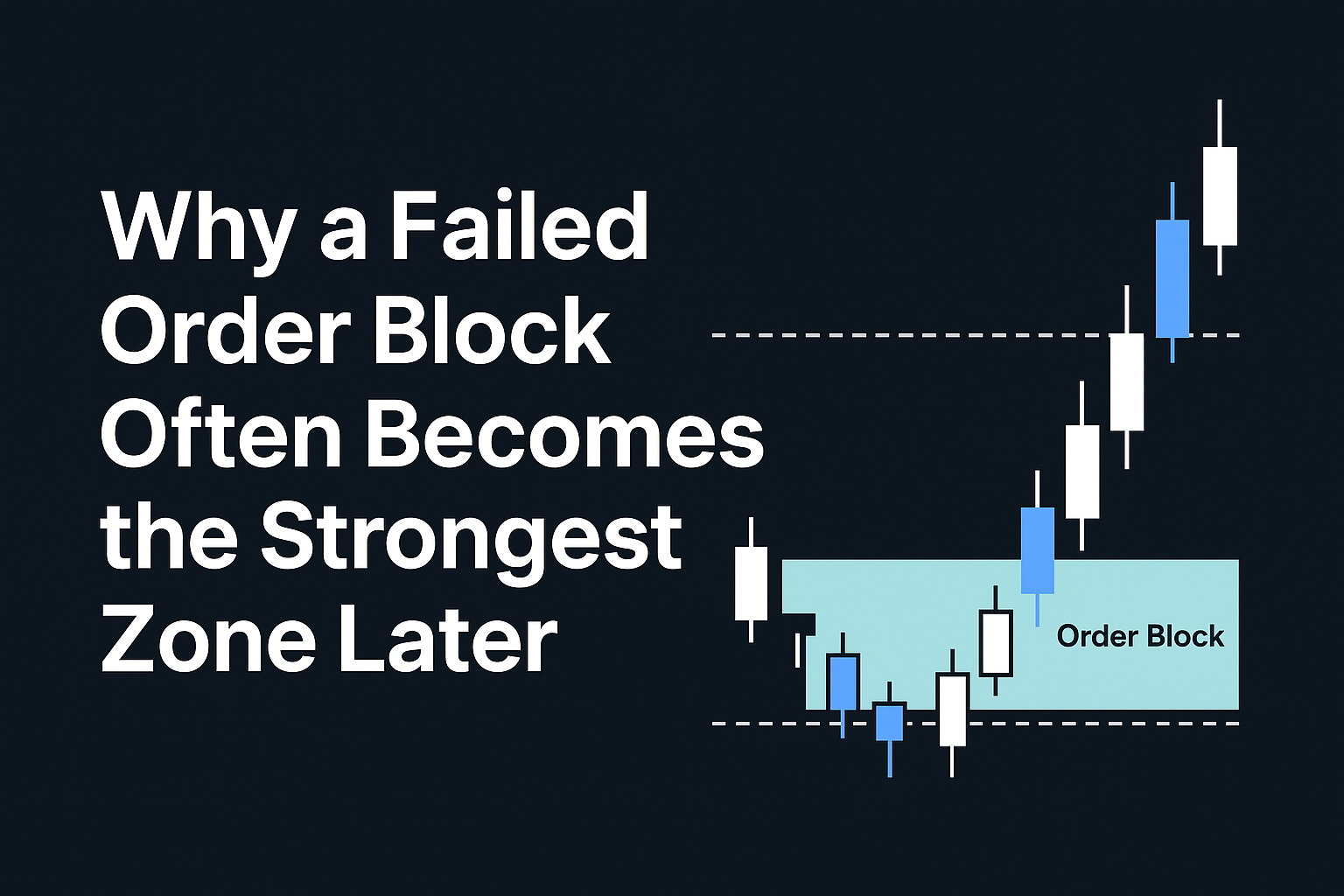Now, social media has become an indispensable tool for businesses aiming to expand their reach, engage with their audience, and boost their brand presence. With millions of users worldwide, platforms like Facebook, Instagram, Twitter, and LinkedIn offer unparalleled opportunities for effective digital marketing. To harness the full potential of social media, here are eight essential strategies to consider.

1. Define Your Goals and Target Audience
Before diving into social media marketing, it’s crucial to establish clear objectives. Whether you aim to increase brand awareness, drive website traffic, generate leads, or boost sales, defining your goals will guide your strategy. Additionally, understanding your target audience’s demographics, interests, and behaviors will help tailor your content for maximum impact.
2. Choose the Right Platforms
Not all social media platforms are created equal, and each caters to different demographics and interests. Conduct research to identify which platforms align with your target audience and business objectives. For instance, if you’re targeting young consumers, platforms like Instagram and TikTok might be more suitable, while LinkedIn may be ideal for B2B marketing.
3. Craft Compelling Content
Content is the cornerstone of successful social media marketing. Create high-quality, engaging content that resonates with your audience and aligns with your brand identity. Whether it’s eye-catching visuals, informative articles, entertaining videos, or interactive polls, diversity in content formats can help maintain audience interest and drive engagement.
4. Consistency is Key
Building a strong social media presence requires consistent effort and regular posting. Develop a content calendar to plan and schedule your posts in advance, ensuring a steady stream of content. Consistency not only keeps your audience engaged but also helps establish your brand as a reliable source of valuable content.
5. Encourage Engagement and Interaction
Social media is inherently interactive, providing opportunities for direct engagement with your audience. Encourage likes, comments, shares, and direct messages by fostering conversations, responding to comments promptly, and running interactive campaigns such as contests, polls, and Q&A sessions. The more engaged your audience is, the more likely they are to become loyal customers and brand advocates.
6. Utilize Data and Analytics
Data-driven insights are invaluable for optimizing your social media strategy. Utilize analytics tools provided by social media platforms to track key metrics such as reach, engagement, click-through rates, and conversion rates. Analyzing this data will help you understand what content resonates with your audience, identify areas for improvement, and make informed decisions to enhance your strategy.
7. Incorporate Visual Storytelling
Visual content is highly engaging and can convey your brand message more effectively than text alone. Incorporate visually appealing elements such as images, videos, infographics, and GIFs into your social media posts to captivate your audience’s attention and communicate your brand story in a compelling manner.
8. Stay Updated and Adapt
The landscape of social media is constantly evolving, with new trends, features, and algorithms emerging regularly. Stay updated with the latest developments in social media marketing, experiment with new strategies, and be willing to adapt to changes. By remaining agile and proactive, you can stay ahead of the curve and maintain a competitive edge in the digital space.
>> Here’s the Proven Way to Make $100-$200 Daily with 0 Investment – Watch This FREE Video and Start Now >>
Define Your Goals and Target Audience
Before embarking on your social media marketing journey, it’s crucial to lay a solid foundation by defining your goals and understanding your target audience. These initial steps will shape your entire strategy and ensure that your efforts are focused and effective.
- Identify Your Objectives: Clearly define what you aim to achieve through social media marketing, whether it’s increasing brand awareness, driving website traffic, generating leads, or boosting sales.
- Understand Your Audience: Conduct thorough research to identify your target audience’s demographics, interests, preferences, and pain points. This will help tailor your content and messaging to resonate with them effectively.
- Set Specific, Measurable Goals: Establish SMART (Specific, Measurable, Achievable, Relevant, Time-bound) goals that align with your overall business objectives. This will provide clarity and focus to your social media efforts.
- Define Key Performance Indicators (KPIs): Determine the metrics you’ll use to measure the success of your social media campaigns, such as engagement rates, click-through rates, conversion rates, and ROI.
- Align Goals with Audience Needs: Ensure that your goals align with the needs and preferences of your target audience. Address their pain points and provide valuable solutions through your social media content.
- Consider the Buyer’s Journey: Map out how your target audience progresses through the buyer’s journey, from awareness to consideration to decision-making. Tailor your content to each stage to guide them towards conversion.
- Regularly Review and Adjust: Continuously monitor the performance of your social media campaigns against your goals and KPIs. Adjust your strategy as needed based on insights gathered from analytics and audience feedback.
By defining clear goals and understanding your target audience, you can lay a strong foundation for your social media marketing strategy. This strategic approach will ensure that your efforts are focused, relevant, and ultimately drive meaningful results for your business.
Choose the Right Platforms
Selecting the optimal social media platforms is paramount for effective digital marketing. By understanding platform demographics and features, businesses can target their audience more precisely, enhancing engagement and results.
- Know Your Audience: Identify your target demographics, preferences, and behaviors to align with platforms they frequent.
- Assess Platform Relevance: Evaluate platform suitability based on industry alignment and audience activity.
- Consider Content Compatibility: Choose platforms conducive to your content format, whether images, videos, or text.
- Review Advertising Capabilities: Select platforms offering robust advertising tools that match your budget and objectives.
- Utilize Analytics: Leverage platform analytics to gauge performance and refine strategies.
- Stay Current: Keep abreast of emerging trends and features to capitalize on evolving opportunities.
- Scale Thoughtfully: Start with a focused approach and expand strategically as needed.
Strategic platform selection empowers businesses to connect authentically with their audience, driving engagement and fostering brand growth.
Craft Compelling Content
Compelling content lies at the heart of successful social media marketing. By creating engaging and valuable content, businesses can capture audience attention, foster meaningful connections, and drive desired actions.
- Understand Your Audience: Tailor content to resonate with your target audience’s interests, preferences, and pain points.
- Tell a Story: Create narratives that evoke emotion and resonate with your audience on a personal level.
- Visual Appeal: Incorporate high-quality images, videos, and graphics to enhance engagement and convey your message effectively.
- Educate and Inform: Offer valuable insights, tips, and information relevant to your audience’s needs and interests.
- Encourage Interaction: Prompt audience engagement through questions, polls, contests, and calls to action.
- Consistency and Frequency: Maintain a regular posting schedule to keep your audience engaged and your brand top-of-mind.
- Monitor and Adapt: Analyze content performance metrics and audience feedback to refine and optimize your content strategy.
By focusing on creating compelling content that resonates with their audience, businesses can build a strong presence on social media. Drive engagement, and achieve their marketing objectives.
Consistency is Key
Consistency in posting is essential for maintaining audience engagement and brand visibility on social media platforms. By establishing a regular posting schedule and delivering content consistently, businesses can cultivate trust, loyalty, and credibility among their audience.
- Establish a Posting Schedule: Create a consistent posting schedule that aligns with your audience’s online habits and preferences.
- Maintain Brand Identity: Ensure consistency in branding elements, such as tone of voice, visuals, and messaging, across all posts.
- Engage Regularly: Foster ongoing engagement with your audience by responding promptly to comments, messages, and inquiries.
- Quality Over Quantity: Prioritize quality content over frequency, ensuring that each post adds value and resonates with your audience.
- Utilize Scheduling Tools: Streamline your posting process by using scheduling tools to plan and automate content distribution.
- Monitor and Adjust: Regularly review performance metrics and audience feedback to refine your posting strategy and optimize results.
Consistency in posting lays the foundation for a strong social media presence, enabling businesses to effectively connect with their audience, drive engagement, and achieve their marketing goals.
>> Here’s the Proven Way to Make $100-$200 Daily with 0 Investment – Watch This FREE Video and Start Now >>
Encourage Engagement and Interaction
Creating meaningful interactions with your audience is essential for building a strong community and driving brand loyalty on social media platforms. By encouraging engagement, businesses can foster deeper connections, increase brand visibility, and ultimately achieve their marketing objectives.
- Initiate Conversations: Start discussions on relevant topics within your industry or niche to spark engagement and invite audience participation.
- Respond Promptly: Show your audience that you value their input by promptly responding to comments, messages, and inquiries.
- Ask Questions: Encourage dialogue by asking thought-provoking questions that prompt your audience to share their opinions and experiences.
- Run Polls and Surveys: Gather valuable feedback and insights from your audience by conducting polls and surveys on topics of interest.
- User-Generated Content: Showcase user-generated content such as reviews, testimonials, and customer stories to highlight your community and encourage others to participate.
- Host Live Events: Engage your audience in real-time through live streams, webinars, Q&A sessions, and interactive events.
- Gamify Interactions: Gamify engagement by running contests, challenges, and giveaways that incentivize participation and reward your audience for their involvement.
Using these strategies to encourage engagement and interaction, businesses can create a vibrant and active community on social media, driving brand awareness, loyalty, and advocacy.
Utilize Data and Analytics
In the dynamic realm of social media, data and analytics serve as indispensable tools for informed decision-making. By leveraging insights gleaned from analytics, businesses can refine their strategies, optimize content, and enhance overall performance.
- Define Key Metrics: Identify relevant metrics such as engagement rates, reach, and conversion rates to track and measure success.
- Utilize Platform Tools: Make use of built-in analytics features provided by social media platforms to monitor performance and audience behavior.
- Set Clear Objectives: Establish specific goals and benchmarks aligned with business objectives to guide data analysis efforts.
- Segment Audience Data: Segment audience data based on demographics, interests, and behaviors to tailor content and targeting strategies.
- Monitor Trends: Stay abreast of industry trends and shifts in audience preferences through continuous monitoring and analysis of data.
- A/B Testing: Conduct experiments to compare different content formats, messaging strategies, and ad placements to optimize performance.
- Iterate and Adapt: Use insights derived from data analysis to iterate on strategies, refine tactics, and adapt to changing market dynamics.
- Regular Reporting: Generate regular reports to track progress towards goals, communicate insights, and inform strategic decision-making.
By harnessing the power of data and analytics, businesses can unlock valuable insights that drive informed decision-making, optimize social media performance, and achieve meaningful results.
Incorporate Visual Storytelling
Visual storytelling captivates audiences by conveying narratives through compelling imagery. Leveraging this approach on social media can significantly enhance brand visibility and engagement, fostering deeper connections with your audience.
- Choose Impactful Images: Select high-quality visuals that align with your brand story and evoke emotion in your audience.
- Craft Compelling Videos: Create engaging video content that shares authentic stories, showcases products, or provides valuable insights.
- Utilize Infographics: Condense complex information into visually appealing infographics to educate and entertain your audience.
- Create Consistent Themes: Maintain a consistent visual style and theme across your content to reinforce brand identity and recognition.
- Encourage User-Generated Content: Invite your audience to contribute their own visual stories, building community engagement and trust.
- Measure Impact: Analyze performance metrics to assess the effectiveness of your visual storytelling efforts and refine your strategy accordingly.
By incorporating visual storytelling into your social media strategy, you can create immersive experiences that resonate with your audience, driving engagement and fostering brand loyalty.
Stay Updated and Adapt
In the ever-changing landscape of social media, staying updated with the latest trends and adapting your strategies accordingly is essential for maintaining relevance and maximizing impact. Here are seven key practices to help you navigate and thrive in this dynamic environment.
- Monitor Industry Trends: Stay informed about emerging trends, features, and best practices in social media marketing through industry publications and reputable sources.
- Attend Webinars and Workshops: Participate in webinars and workshops hosted by industry experts to gain insights and learn new strategies for effective social media marketing.
- Follow Influencers and Thought Leaders: Keep an eye on influential figures in your industry and follow thought leaders on social media platforms to stay abreast of the latest developments and innovations.
- Experiment with New Features: Don’t hesitate to experiment with new features and functionalities offered by social media platforms, such as live streaming, stories, and augmented reality filters.
- Gather Feedback from Audience: Solicit feedback from your audience through surveys, polls, and direct engagement to understand their evolving preferences and needs.
- Adapt to Algorithm Changes: Stay vigilant for changes in social media algorithms and adjust your content and posting strategies accordingly to maintain visibility and reach.
- Continuous Learning and Improvement: Commit to continuous learning and improvement by analyzing performance metrics, experimenting with different approaches, and refining your strategies over time.
By staying updated with industry trends, experimenting with new features, and adapting to changes, businesses can effectively navigate the dynamic landscape of social media marketing and achieve their goals with greater success.
Conclusion
In conclusion, leveraging social media for effective digital marketing requires a strategic approach, consistent effort, and a deep understanding of your audience and goals. By implementing these eight key strategies, you can maximize the impact of your social media marketing efforts and achieve tangible results for your business.
>> Here’s the Proven Way to Make $100-$200 Daily with 0 Investment – Watch This FREE Video and Start Now >>
Thank you for taking the time to read my article “How to Use Social Media for Effective Digital Marketing”, hope it helps!














2 thoughts on “How to Use Social Media for Effective Digital Marketing”